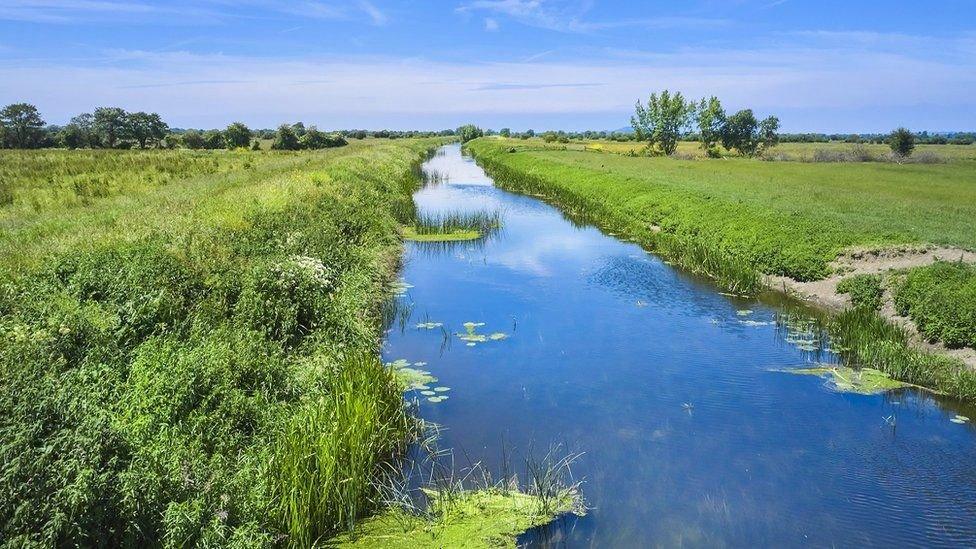Butterflies: Illegal reintroduction of extinct species is harmful for environment, experts warn
- Published
- comments
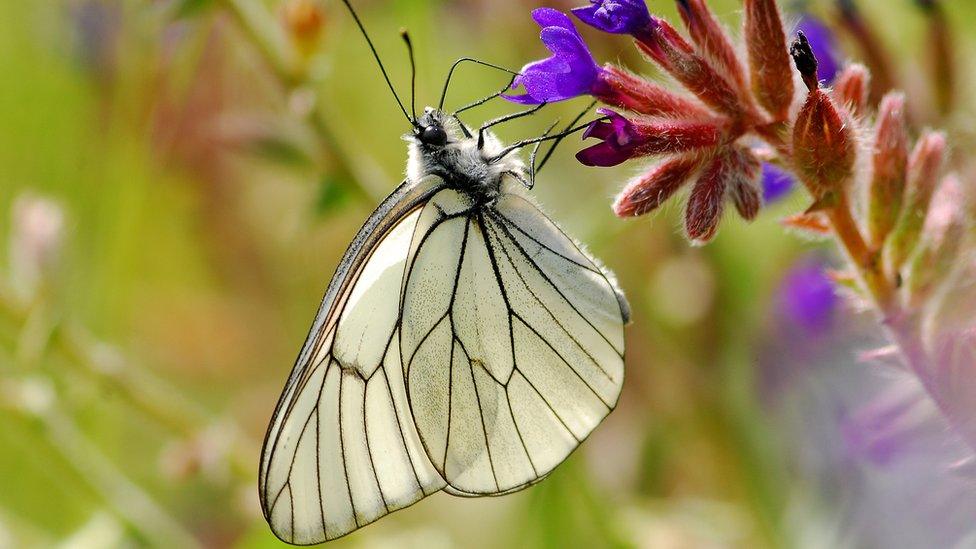
This is the black-veined white butterfly, a species that had become extinct and was recently spotted in a London nature reserve
Rare butterflies that were almost extinct are being illegally reintroduced to the UK, and nature experts say that this could be causing lots of damage to the environment, as well as harming butterflies that already live here.
Conservationists became concerned when they found black-veined whites on a nature reserve in Croydon, in the south of England.
This species of butterfly has been extinct in the wild in England for over 100 years, and scientists say that their presence now could be bad news for other species. They said they might spread diseases or interrupt the ecosystem.
You need a licence from an area of the UK government called Natural England in order to reintroduce extinct species into the wild.
They also give permission to move protected butterflies from one area to another.
However, over the last five years, there's been lots of sightings of butterflies in the wild that haven't had permission to be brought back.
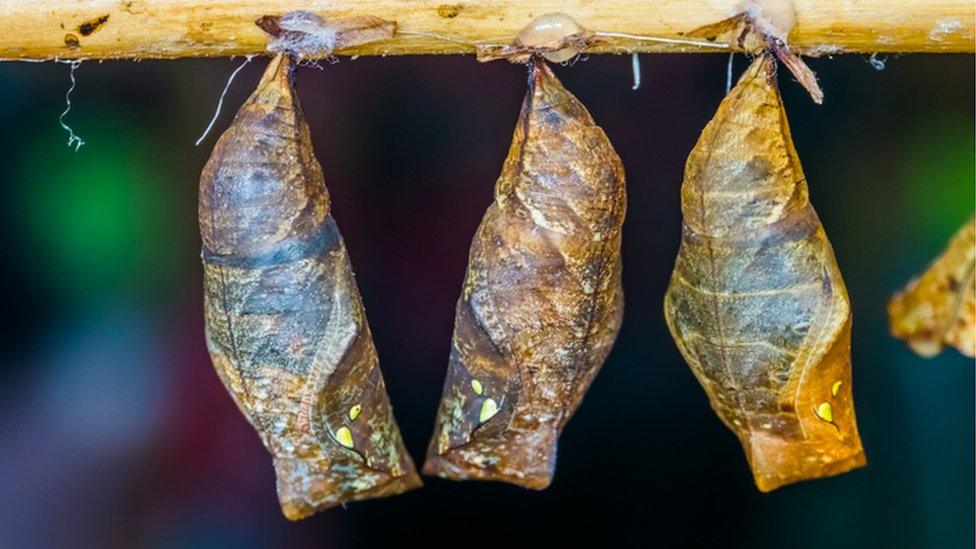
Butterflies are born from coccoons like these
"It is illegal to release an extinct species to Britain on to a Site of Special Scientific Interest (SSSI) with no disease control," Dan Hoare, the conservation director of Butterfly Conservation, explained.
He continued: "There's good scientific evidence that this could be not only ineffective but actively damaging. If you're bringing in specimens from abroad you could be bringing in diseases."
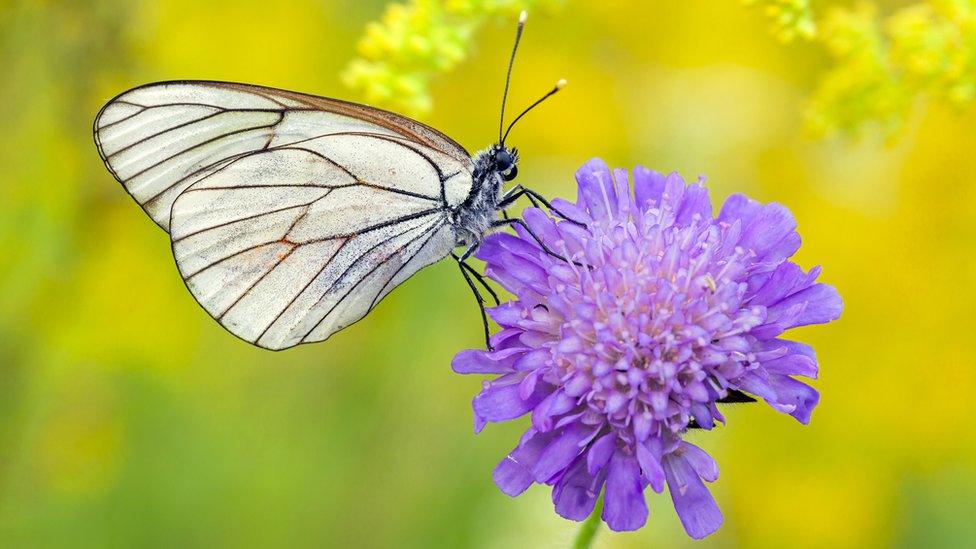
Butterflies in the UK are under increasing threat from climate change
Around 15 black-veined whites have been spotted in London Wildlife Trust reserve of Hutchinson's Bank in Croydon.
And they're not the only one - endangered British species the Glanville fritillary, marsh fritillary and Duke of Burgundy have also suddenly appeared.
Experts say it's very unlikely that all these species reached the park on their own.
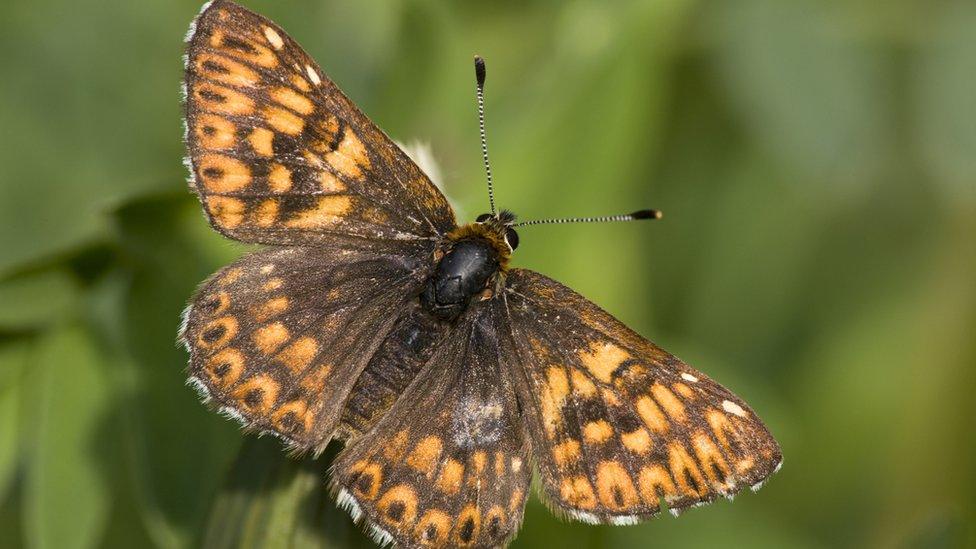
This is Duke of Burgundy butterfly, another of the rare species cropping up recently
However, one breeder anonymously speaking to the Guardian newspaper said they didn't think the environmentalists were acting quickly enough to save endangered butterflies.
"We've got to do something. It gives people a lot of joy too, which is why it has popular support," they said.
They also said they didn't think there was any harm in what they were doing: "It's wonderful if it works but if it doesn't the introduced butterfly simply dies out.
If it's a species that isn't in a particular area you won't be introducing lethal genes because they won't meet others of the same species. There are a lot of false arguments."

These endangered Glanville Fritillary butterflies have also been spotted
Matthew Frith, who works at the London Wildlife Trust, said the organisation didn't have the resources to investigate the butterflies popping up on their reserve, but that they needed to think about potentially relaxing some of the rules in future to help butterflies recover.
"There is a debate to be had which is about looking at reducing some of the barriers to allow well-considered introductions," he said.
- Published16 February 2022
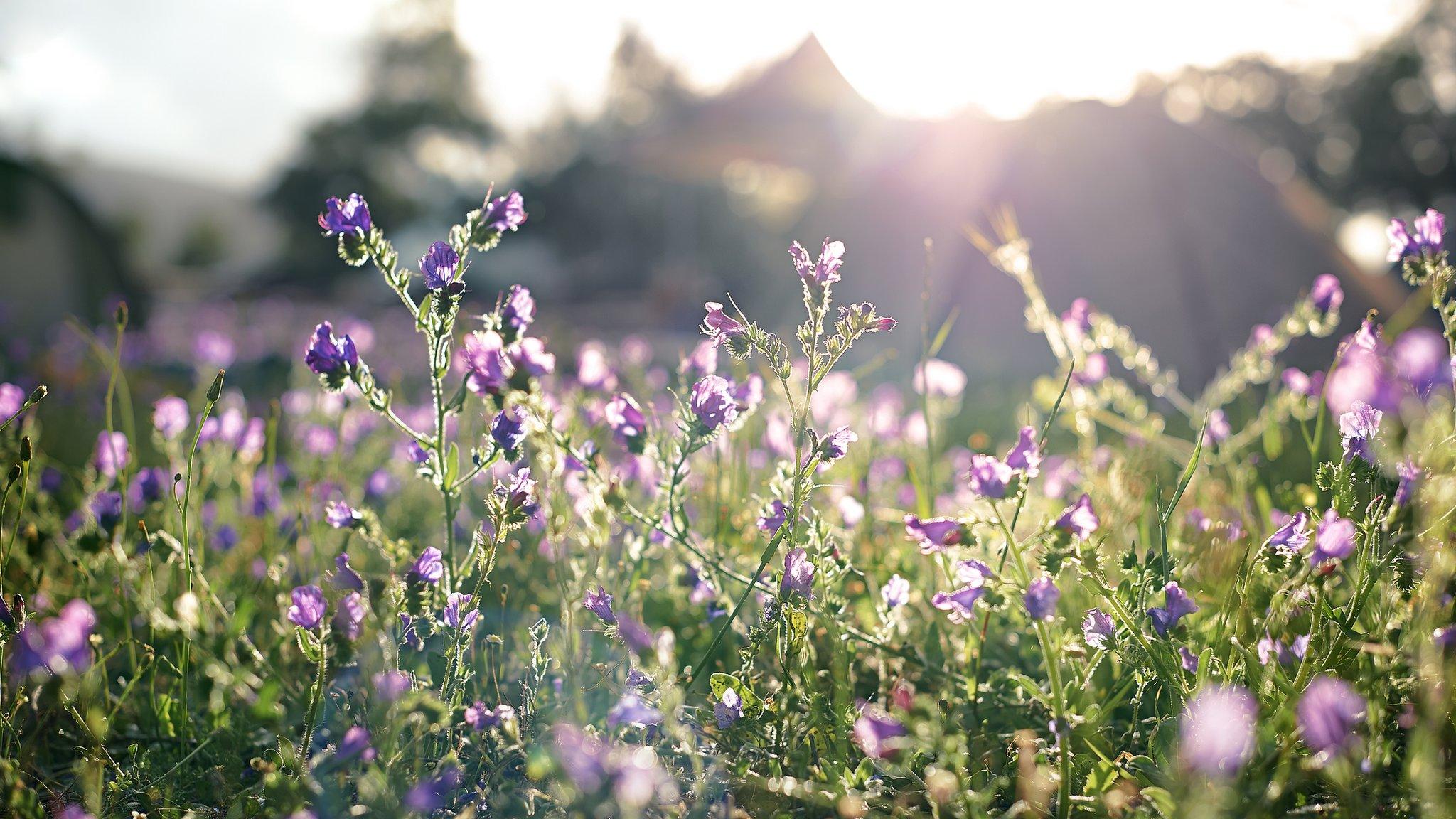
- Published23 May 2022
